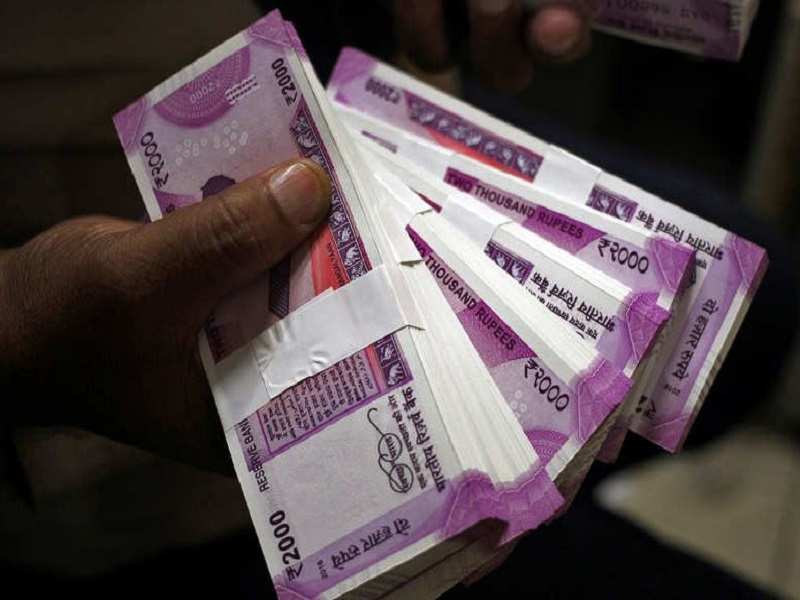The supreme court is likely to give its verdict today, on petitions challenging the center’s decision of November 2016 to demonetize Rs.1,000 and Rs.500 currency notes.

In 2016, the center wiped Rs.10 lakh crore out of circulation which was 86 % of the amount in circulation then. The Supreme Court has been hearing a batch of petitions challenging the union government’s controversial decisions. It was during one of these hearings between November 24th and December 7th that the legislation strongly hinted that it may not scrap demonetization as the clock cannot be returned back after 6 years.
The SC said that the court cannot decide a matter where no tangible relief can be granted by way of “putting the clock back” and “unscrambling the scrambled egg”.
More than three dozen petitions were filed by the people who were not able to deposit their money within the window period available till December 30th. Few of them challenge the validity of demonetization while some sought a fresh window for exchanging scrapped notes which could not be exchanged within the deadline.
The final verdict will be given against all these petitions by a 5-judge Bench of Justices S. Abdul Nazeer, B.R Gavai, A.S Bopanna, V.Ramasubramanian, and B.V Nagarathna. According to Monday’s cause list of the top court, there will be two judgments in the matter which will be pronounced by the bench.
58 Petitions and arguments
The opposition long has been against this decision as former finance minister and senior advocate P Chidambaram has several times called the decision outrageous and deeply flawed. He also said that the process was not in accordance with the RBI act and made a mockery of the rule of law of this country.
Chidambaram alleges that the center was withholding crucial documents related to the decision-making process. One of the letters from the government to the RBI dated November 7th and the minutes of the meeting of the Central Board are not shared. He says that the center went with an extremist attitude and did not explore or examine any other alternative method to deal with fake currency or black money. The aim with which demonetization was done has also not been fulfilled.
Even though the clock cannot be returned back after 6 years, the court can at least hold that the government’s action was unreasonable and clarify that such a path cannot be exercised. He added the demonetization action led to the withdrawal of 86.4 percent of currency and the manner in which it was done, imposed a disproportionate and intolerable burden upon people.
Senior Advocate Shyam Divan presents an argument that people who have their money in India and didn’t take it abroad didn’t find themselves any alternatives through this scheme. This scheme doesn’t capture or contemplate the situation of those citizens.

Centre’s Argument
Attorney General of India, R Venkataramani, defended the policy and said that it is a false statement to give that demonetization failed in achieving its objectives. If seen from the larger perspective of economic and social benefits it cannot be said that demonetization failed.
A large number of fake currencies and black money were extricated significantly from the system only because of this extreme step. AG submitted the benefits of the digital economy which saw a boost after demonetization. There was an increase in electronic transactions, the value of UPI transactions grew, and digitalization along with demonetization made the electronic payment mechanism viable and cost-effective.
He added that hardships faced by the people cannot be the only relevant factor to be considered when there is a larger public interest involved in moving towards a wide range of economic and policy transformation.
Looking at the magnitude of the matter it was hard to consider all the different possibilities, so if the cutoff is removed, the integral integrity of the decision-making process would be diluted.

RBI’s Argument
On the other hand, RBI completely dismissed the submission made by Chidambaram that the regulation mandating quorum hasn’t been followed and details of the meeting quorum have not been shared by the government and the RBI. RBI said that they gave the recommendation and the process was followed.
When it comes to the hastiness of the decision-making, Gupta said that the Central Board had certain information readily available when it made the recommendation and they didn’t have to start from scratch.
Justice Gavai orally asked the RBI, for the number of people involved in the meeting quorum. A day later, Senior Advocate, Jaideep Gupta informed the court that they filed an affidavit indicating that quorum requirements were met and that although the quorum is 4 directors, more than 4 were present.
The bench said that even though the Court cannot review the correctness of the decision, the correctness and legal compliance of the decision-making can still be reviewed.












